- Established 1982 -HOME: www.hiltonpond.org
THIS WEEK at HILTON POND Subscribe for free to our award-winning nature newsletter (Back to Preceding Week; on to Next Week) |
HILTON POND SUNSETS
All text, maps, charts & photos © Hilton Pond Center Sunset over Hilton Pond (above), 04 April 2021. APRIL'S MIGRANT BIRDS, Hilton Pond Center's first Ruby-throated Hummingbird (RTHU) of the 2021 season appeared briefly outside our office window shortly after noon on 27 March—an adult male who barely looked at our assortment of sugar water feeders and took off for somewhere else. We heard a second one on the morning of 1 April buzzing within earshot as we bent down to remove a Chipping Sparrow from a ground trap. On 5 April another male RTHU flew past the kitchen deck and directly into a mist net—making him the first hummer captured this spring and our 6,645th ruby-throat banded locally since 1984. During late March and early April we expect only adult male RTHU—our-earliest-ever unbanded spring males came on 27 March (in four years) and our earliest female on 8 April—so we tell folks first female ruby-throats usually arrive a week to ten days after their prospective mates. Nest-building, courtship, and egg-laying follow very shortly thereafter, with females doing the "heavy lifting."
All text, maps, charts & photos © Hilton Pond Center We’re pretty confident that red-gorgetted male we caught on 5 April (see photo above) had just arrived at the Center, evidence being he weighed a mere 2.99 grams—about 3/5ths the weight of a U.S. nickel. Male RTHU are smaller than females, but 2.99g is headed toward the 2.5g lower end of an adult male’s weight range. (During summer they usually weigh between 3.1g and 3.5g, or rarely a little more.) We speculate this male was so light because his travels from the Neotropics had used up any stored fat he accumulated for the trip north. As further possible evidence of his arriving recently, after banding and measuring him we gently inserted his bill into one of our feeders and watched as he lapped up sugar water for at least 30 seconds. We gave him a short break, reinserted his bill, and saw him go at it for another half-minute. We’d say this little ball of fluff was downright hungry, likely starved from a long northbound migration of up to 2,000 miles. Later in the afternoon we netted a second adult male RTHU. He, interestingly enough, also weighed exactly 2.99g and drank and drank just prior to release. Two well-traveled just-arrived male hummers, we’d guess, with a thirst for carbohydrates we were happy to provide as we began our 38th year of Ruby-throated Hummingbird research at Hilton Pond Center for Piedmont Natural History. All text, maps, charts & photos © Hilton Pond Center As noted above, our first unbanded Ruby-throated Hummingbirds (RTHU)—both adult males with red gorgets—arrived at the Center on 5 April. They were followed by another on 10 April. Adult female RTHU typically appear a week to ten days after males, so we weren’t surprised on the morning of 11 April to see a “white-throated” female (see photo below) enter one of our traps. What was particularly interesting about this bird was she didn’t really have a white throat AND she was already banded.
All text, maps, charts & photos © Hilton Pond Center First the band. After carefully removing her from the trap—a cylinder of plastic mesh in which we hang a hummer feeder—we read the number of the hummer’s tiny aluminum bracelet: M08269. We recognized this as one of the bands assigned to the Center by the federal Bird Banding Lab, and a quick check of our records showed she had been banded as an adult ‘way back on 5 June 2018—meaning she is now an after-4th-year bird in at least her fifth year. That’s impressive in itself, but even more amazing is we have caught her every year since her banding—a fine example of site fidelity in which this tiny bird has showed up at Hilton Pond after at least four long-distance round trips to and from the Neotropics! And now the throat. Only adult male Ruby-throated Hummingbirds have full red gorgets, with young males of the year typically having throats bearing dark streaking and from zero to several red feathers. Young females usually have fully white throats—as do some adult females—but in our experience as female RTHU age they tend to develop a degree of throat streaking. That was the case of the old female we caught; her gorget was definitely streaked and with one fully BLACK feather near the left base of her bill. This “experienced” female likely got right down to business building a nest and looking for a male worthy of being her mate. After that she’d lay two eggs—possibly skipping a day between—and then start incubating for nearly three weeks, then tending her nestlings about the same amount of time. If those chicks are successful—and because she was an “early arrival”—she’ll have plenty of time this year to raise a second brood (and maybe even a third). At her age, we wouldn’t be surprised if through the years she’s already fledged a dozen or more offspring at or very near Hilton Pond. All text, maps, charts & photos © Hilton Pond Center
All text, maps, charts & photos © Hilton Pond Center There was lots more going on besides hummingbirds at Hilton Pond Center in April. Among 138 birds from 33 species banded during the month a few stood out and are mentioned and illustrated below. Of the 31 irruptive Pine Siskins (at thistle socks, above) banded during the 30-day period, one lingered until the 26th and brought the winter total to 1,316--nearly doubling our previous season record of 780. (The last of 368 Purple Finches was banded on 5 April, while White-throated Sparrows were still present at month's end.)
All text, maps, charts & photos © Hilton Pond Center The first spring Neotropical migrant warbler of 2021 was an adult male Black-throated Blue Warbler (BTBW, above, in breeding attire) that arrived at the Center on 18 April. Male BTBW are appropriately named, with jet-black face, throat, and flanks topped with back of deep blue. An important characteristic, however, is the white wing spot--the only field mark the male shares with far-less-colorful females of his species.
All text, maps, charts & photos © Hilton Pond Center The female BTBW (above) has a buffy superciliary line (above the eye) and broken eye ring, with wings and dorsum a dark olive; often her wing spot is quite obscure, especially in young individuals. These two genders are so different in appearance early ornithologists thought male and female Black-throated Blue Warblers were two different species--an understandable mistake. With 228 bandings since 1982, BTBW are our seventh-most-common of 34 warbler species observed at Hilton Pond Center.
All text, maps, charts & photos © Hilton Pond Center The Center's first male Indigo Bunting (INBU, above) of the spring was right on time on 23 April, visiting a sunflower seed feeder before getting snared in one of our mist nets. We deemed him to be a second-year bird because of pointed, worn tail feathers and flecks of brown in his body plumage. Since 1982 we've banded 392 INBU locally.
All text, maps, charts & photos © Hilton Pond Center On 28 April the first Northern Waterthrush (NOWA, above left) arrived from the Neotropics on its way to Canada or the northeastern U.S. A day later came our initial Louisiana Waterthrush (LOWA, above right), a more southerly breeder that has nested in the vicinity of Hilton Pond Center. These two look-alike species are actually fairly easy to tell apart. As shown, a NOWA typically has some degree of dark streaking on its throat, while LOWA does not. The superciliary line in NOWA is usually--not always--buffy compared to the bright white of LOWA; NOWA also often have buffiness on the breast. On foot, both waterthrushes bob their tails but LOWA is a tad larger with a heavier bill and tends to have a chunkier body. Northern Waterthrushes have far outnumbered their locally banded Louisiana counterparts 344 to 56.
All text, maps, charts & photos © Hilton Pond Center The 29th also brought the Center's first American Redstart of the year--an olive-colored female (above) much less showy than black-and-orange potential mates that didn't arrive by April's end. Note the large expanse of yellow at the base of the four outer tail feathers. Among our parulids, only the Magnolia Warbler with its white band halfway down the tail has a pattern anything similar. Redstarts are our second most common local warbler with 565 banded since 1982; they are substantially outnumbered by Yellow-rumped Warblers at 2,339.
All text, maps, charts & photos © Hilton Pond Center We banded the first Great Crested Flycatcher (GCFL, above) of the season on 30 April, although--as usual--we heard its loud, distinctive "Wheeep!" call days before we caught it. This species is well-named; it's nearly twice the size of empidonax flycatchers and has a prominent headdress. GCFL breed around Hilton Pond and one year occupied a Wood Duck box after ducklings had fledged; we were alerted to the flycatchers' nest by a shed snake-skin the pair used as adornment. Great Crested Flycatchers are an uncommon species for the Center with just 58 banded in the past 40 years.
All text, maps, charts & photos © Hilton Pond Center Another uncommonly handled species this month was House Wren (HOWR, above) with 72 since 1982; this month we actually caught two of them. HOWR are cavity nesters that often occupy boxes erected for Eastern Bluebirds; alas, these interlopers are known to peck at bluebird eggs and kill the developing embryos. House Wrens are sometimes incorrectly identified as Carolina Wrens (CARW, below), but the latter are larger, have a much heavier decurved bill, and sport a prominent white superciliary line. CARW are more abundant locally with 812 banded--our 14th most common of 127 species banded through the years.
All text, maps, charts & photos © Hilton Pond Center NOTE: For a full account of birds banded and recaptured during April 2021 at Hilton Pond Center, scroll down to the lists in a summary section at the end of this page. We also include a "Yard List" of species encountered for the first time this calendar year--but not necessarily banded. All text, maps, charts & photos © Hilton Pond Center
The first Earth Day was held on 22 April 1970. In this--its 51st anniversary year--we were challenged once again at Hilton Pond Center for Piedmont Natural History to do all we can to honor and protect our planet and Mother Nature by consuming far less and by recycling, re-purposing, and re-using whenever we can. Few other animals soil their own nests as humans do, and we simply HAVE TO make wiser choices and take better actions. After all, "There's no place else to go!" All text, maps, charts & photos © Hilton Pond Center HILTON POND SUNSETS "Never trust a person too lazy to get up for sunrise
All text, maps, charts & photos © Hilton Pond Center Sunset over Hilton Pond (above), 23 April 2021. Photoshop image post-processing for this page employs
Checks also can be sent to Hilton Pond Center at: All contributions are tax-deductible on your Don't forget to scroll down for Nature Notes & Photos, |
|---|
|
"This Week at Hilton Pond" is written and photographed by Dr. Bill Hilton Jr., executive director of Hilton Pond Center for Piedmont Natural History
|
|
|
Please refer "This Week at Hilton Pond" to others by clicking on this button: |
|


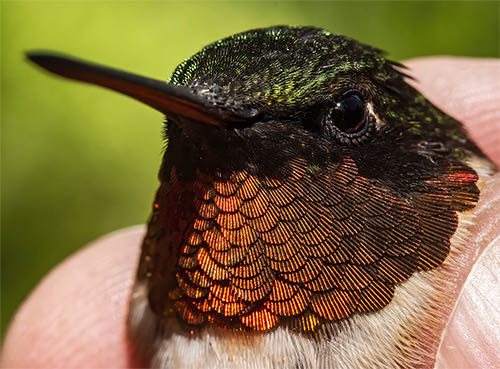
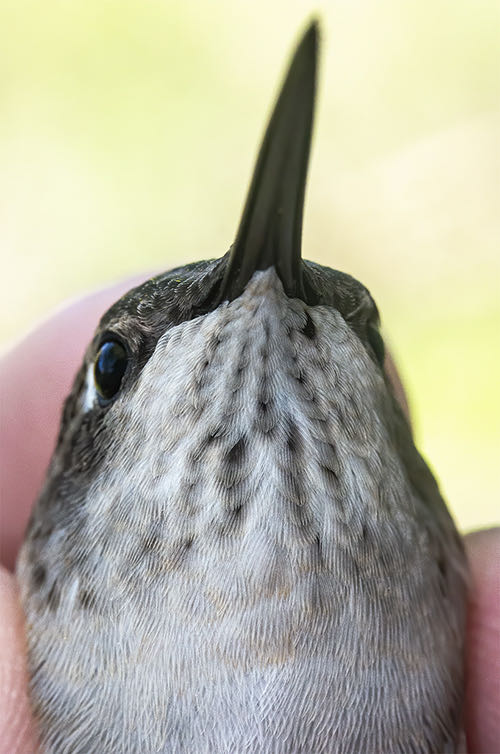

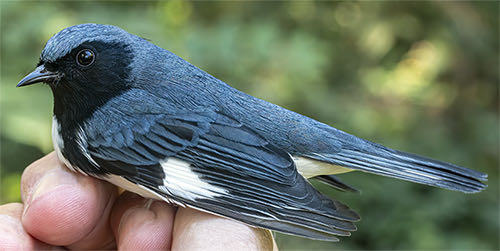
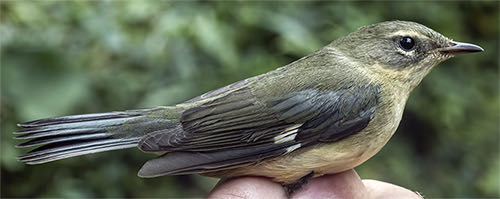
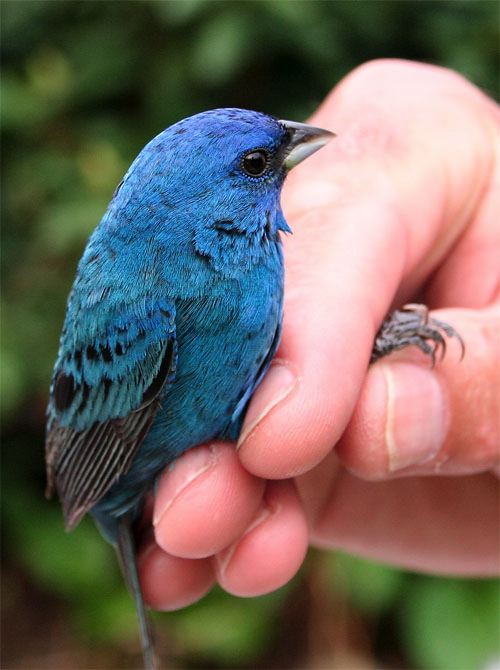
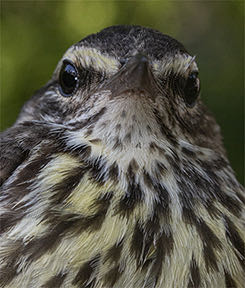
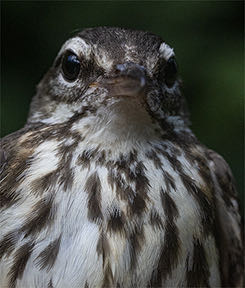
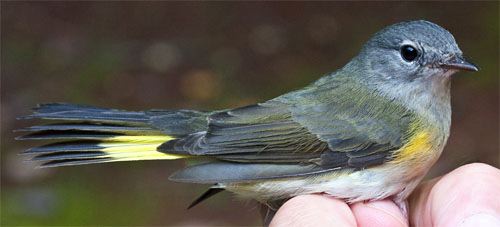
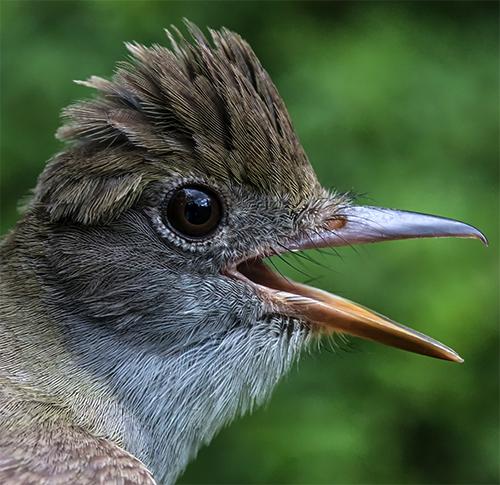
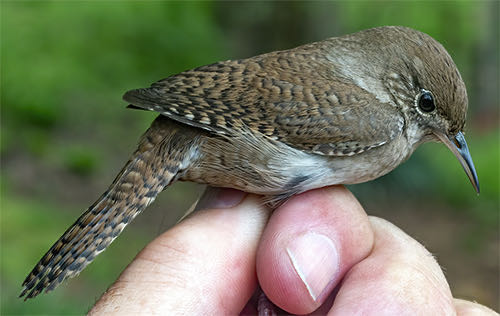
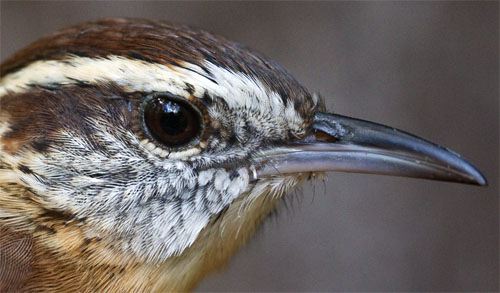

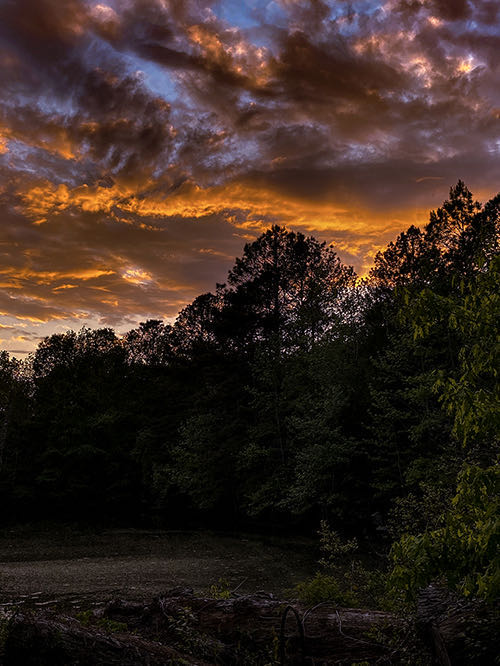










 Please report your spring, summer &
Please report your spring, summer &